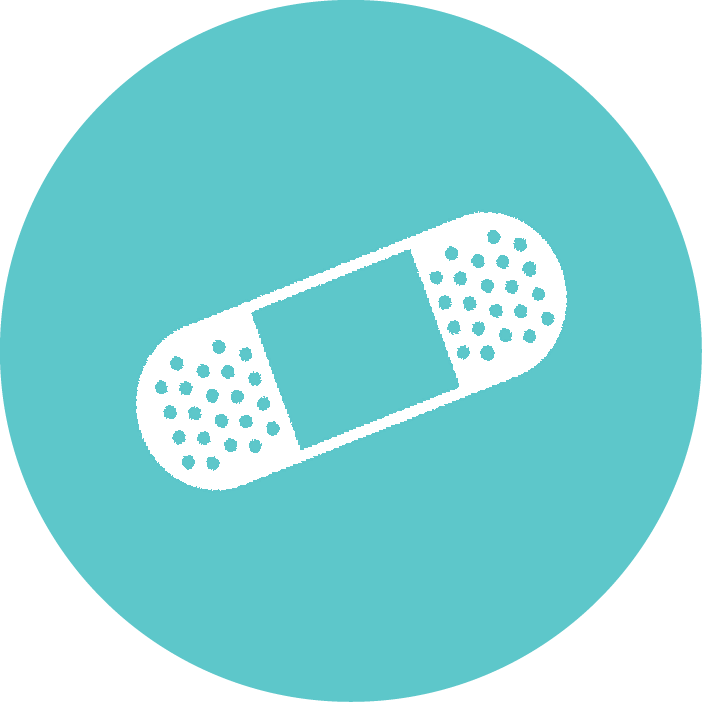Dermatology News This Month – July 2017

Do you know what’s happening in the dermatology field this month? Look no further. First Derm summarizes the latest research, reports, and trends so you can stay updated on dermatology news from all over the world.
Check out the hottest July 2017 dermatology news right here:
Diagnosing Melanomas Is Not Easy
Medscape, June 28, 2017
There are notable levels of inaccuracy and disagreement among US pathologists when diagnosing suspected melanomas, according to results of a new study. For melanoma in situ and early-stage invasive melanoma, which together are more common than all other melanomas combined, the diagnoses by the physicians (not specialized in dermatology) participating in the study were “neither reproducible nor accurate,” report the authors, led by Joann Elmore, MD, MPH, an internist and epidemiologist at the University of Washington School of Medicine in Seattle.
Have a growing mole? Ask a board-certified dermatologist today!
Dermatology Plays Role in Antibiotic Stewardship
Infection Control Today, July 12, 2017
If antibiotics are overused, the bugs they cure will build up resistance. This means over time, they’ll become less and less effective until they eventually stop working altogether. Data from the CDC shows the average dermatology provider wrote 669 antibiotic prescriptions in 2014, the most recent year for which data are available. That is, by far, the highest average of any provider specialty.
70% of the time you only need over-the-counter medication. Consult a dermatologist about your skin condition.
East Asian Patient Concerns: Skin Type Nuances and Cultural Difference
Dermatology Times, June 16, 2017
There are both unique nuances and cultural considerations to rejuvenating the skin of East Asian patients. Primary common concerns are more centered around skin texture, pore size and evenness of pigment. While these patients can vary in presentation of pigment in their skin, they are generally skin type 3 or higher, making them more prone to hyperpigmentation than more fair-skinned individuals.
Learn more about hyperpigmentation.
How to Decode Sunscreen Labels
Consumer Reports, May 22, 2017
What broad spectrum does mean is that a sunscreen does more than prevent sunburn. It must shield your skin from both types of the sun’s rays: UVA (which cause aging and skin cancer) and UVB (which cause burning and contribute to skin cancer). Consumer Report decodes sunscreen terms, like “Dermatologist-Tested,” “Fragrance-Free,” and “Natural.”
Read more about sunscreens here.
Have a specific skin concern? Contact a board-certified dermatologist today!
Ask a Dermatologist Now
Anonymous, fast and secure!


